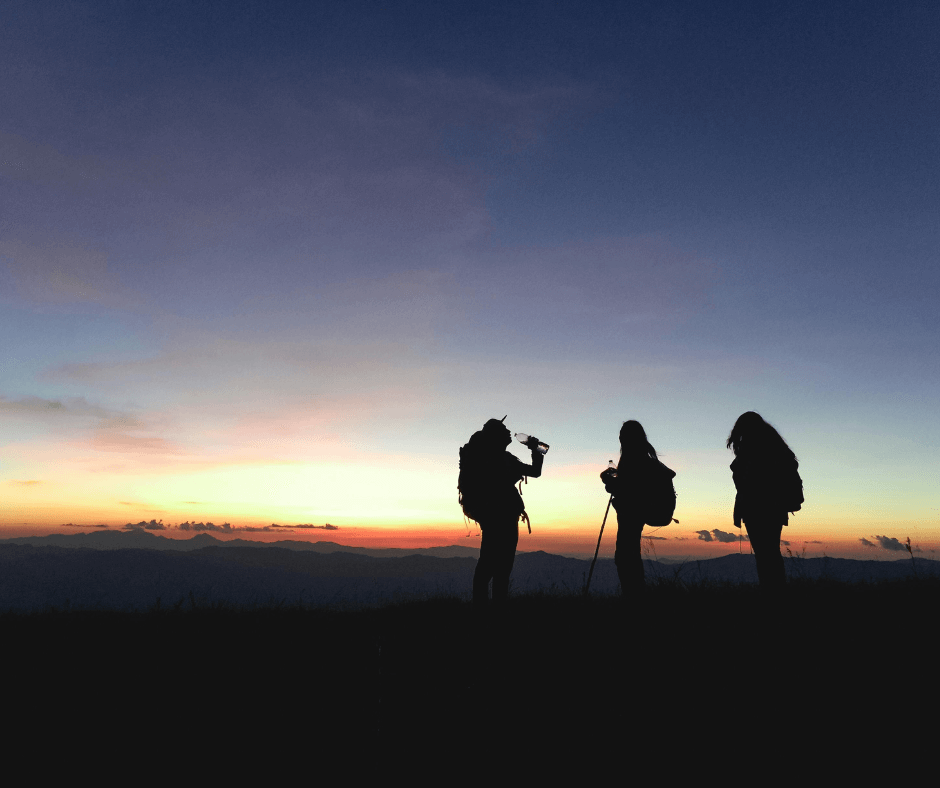Embarking on a nighttime hike is an exhilarating experience that allows you to witness nature in a different light, quite literally. However, navigating through the darkness poses its own set of challenges and safety considerations. In this detailed guide, we'll delve into essential tips and precautions to ensure a safe and enjoyable nighttime hiking adventure.
Understanding the Terrain: Before setting out on a nighttime hike, take the time to thoroughly understand the terrain you'll be traversing. During daylight hours, explore the trail and note any potential hazards such as steep inclines, rocky paths, or dense vegetation that may be more challenging to navigate in the dark. Planning your route and identifying landmarks can help you stay oriented during the hike and anticipate any obstacles along the way.
Essential Gear for Nighttime Hiking: Having the right gear is essential for a successful nighttime hike. Invest in a high-quality headlamp or flashlight with adjustable brightness settings and a long battery life to illuminate the trail ahead. Consider bringing spare batteries or a backup light source to ensure you're never left in the dark. Additionally, pack a map, compass, or GPS device to aid navigation, along with a whistle, multi-tool, and emergency blanket for unexpected situations.
Safety Precautions: Safety should always be a top priority when hiking at night. Travel with a companion whenever possible, as there is safety in numbers and companionship can provide reassurance in unfamiliar surroundings. Before heading out, let someone know your intended route and expected return time, and check in with them upon your return. Carry a fully charged cell phone for emergencies and be prepared to call for help if needed. Stay alert and aware of your surroundings, listening for any unusual sounds or wildlife activity.
Night Vision and Adaptation: Our eyes undergo a process called dark adaptation when transitioning from light to darkness. Allow time for your eyes to adjust to the low light conditions before setting off on the trail by gradually reducing exposure to artificial light sources. Minimize the use of bright lights or flash photography to preserve your night vision, and use red-tinted lights when necessary, as they are less disruptive to your eyes' adaptation process. Take frequent breaks to allow your eyes to rest and adjust to the darkness.
Enhance your night hiking experience with the 16X Monocular Telescope with Dual Focus Zoom. This versatile tool offers clear and magnified vision even in low-light conditions, allowing you to spot wildlife and navigate trails with ease.
Wildlife Encounters: Nocturnal wildlife such as owls, bats, and nocturnal mammals may be more active during nighttime hours, adding an extra layer of excitement to your hike. Respect their habitat and observe from a distance to avoid disturbing them. Be especially cautious in areas where predators such as bears or mountain lions are known to inhabit, and carry bear spray or other deterrents as a precaution. Keep food and scented items securely stored to minimize the risk of attracting wildlife.
Navigation Techniques: Navigating the trail at night requires heightened awareness and reliance on navigational tools. Use landmarks, trail markers, and GPS coordinates to stay on course, and periodically check your position to ensure you're heading in the right direction. Trust your instincts but remain flexible in adapting to changing conditions, and be prepared to retrace your steps if necessary. Consider practicing night navigation skills in familiar terrain before venturing into more remote areas.
Emergencies and Contingency Plans: Despite careful planning and preparation, emergencies can still occur during nighttime hikes. Carry a first aid kit with essential supplies for treating minor injuries, and know how to administer basic first aid. In the event of an emergency, stay calm, assess the situation, and take appropriate action, whether it's signaling for help, administering first aid, or finding a safe location to wait for assistance. Familiarize yourself with emergency contact numbers and evacuation procedures for the area you'll be hiking in, and be prepared to use them if needed.
Nighttime hiking offers a unique opportunity to experience the beauty of nature under a blanket of stars. By following the detailed tips outlined in this guide and exercising caution and preparedness, you can safely navigate the trails and enjoy the tranquility of the nighttime wilderness. So, lace up your boots, grab your headlamp, and embark on an unforgettable nighttime adventure!

